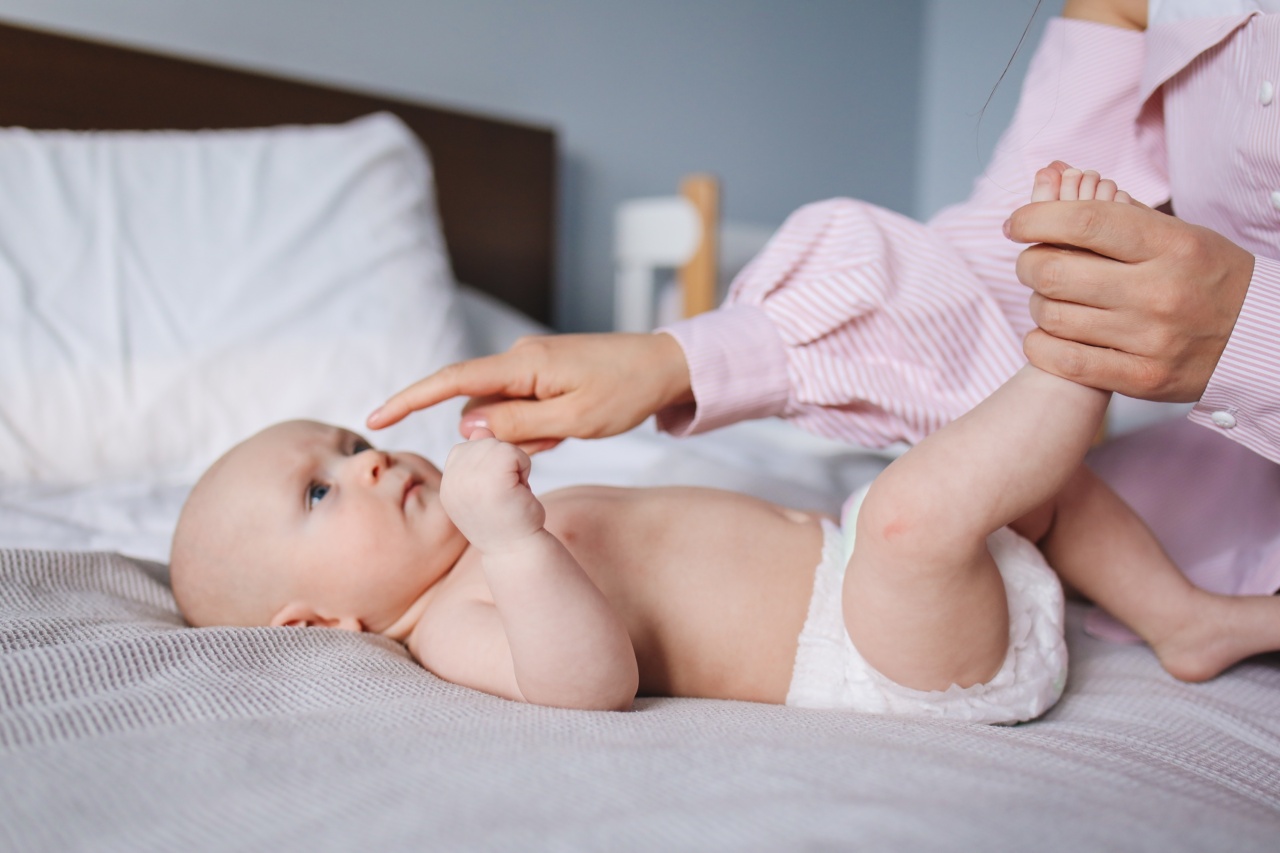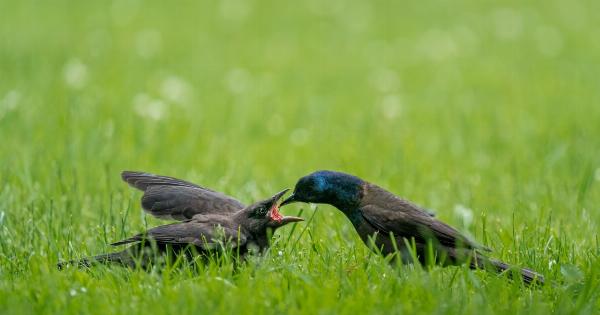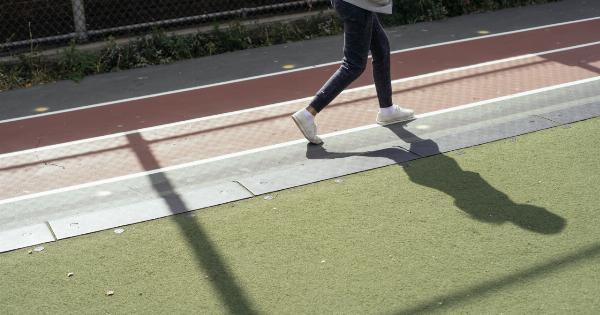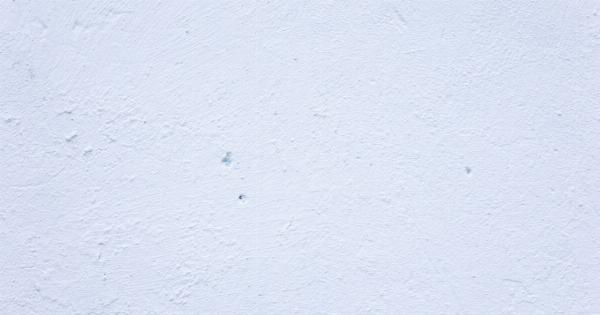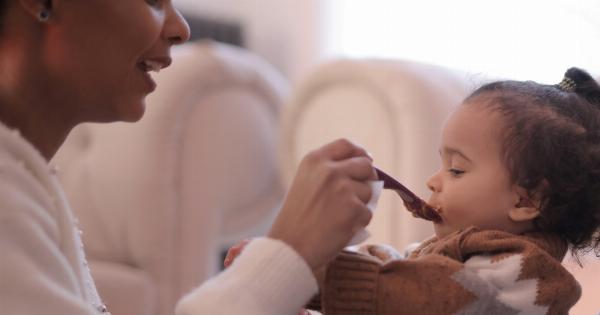When it comes to taking care of your child’s health, one area that often gets overlooked is their nasal hygiene. A child’s nose can easily become congested with mucus and impurities, leading to discomfort and potential health issues.
Cleaning their nose properly is essential for their well-being. However, it is crucial to be mindful of the do’s and don’ts to ensure a safe and effective cleaning process. In this article, we will discuss the proper techniques and precautions to help you navigate this task successfully.
DO: Use Saline Solution
Using a saline solution is highly recommended when it comes to cleaning your child’s nose. This natural remedy helps to moisten dry nasal passages and liquefy mucus, making it easier to remove.
Saline solutions are available in stores, or you can make your own by mixing salt and water. Apply a few drops of saline solution into each nostril to loosen the congestion before cleaning.
DON’T: Use Cotton Swabs
It is crucial to avoid using cotton swabs or Q-tips to clean your child’s nose. These objects can be harsh on the delicate nasal tissues and may cause injury.
Additionally, inserting cotton swabs too deeply into the nasal passages can result in damage or bleeding. So, it’s best to steer clear of this method and opt for safer alternatives.
DO: Use Nasal Aspirators
Nasal aspirators are excellent tools for cleaning a child’s nose when used correctly. These devices work by creating suction, allowing you to extract excess mucus from the nasal passages.
There are several types of nasal aspirators available, including bulb syringes and electric options. Always ensure that you follow the manufacturer’s instructions and use a gentle hand while suctioning your child’s nose.
DON’T: Overdo Nasal Irrigation
While saline nasal rinses can be helpful, it is crucial not to overdo nasal irrigation. Excessive use of rinses can disrupt the delicate balance of mucus in the nasal passages and lead to dryness.
Too much saline solution can also make the mucus thicker, causing further congestion. It’s best to consult with a healthcare professional for specific instructions on the frequency and duration of nasal irrigation for your child.
DO: Keep Hygiene a Priority
Maintaining good overall hygiene is essential, especially when it comes to cleaning your child’s nose. Always remember to wash your hands thoroughly before and after performing nasal hygiene.
This helps prevent the transfer of germs and ensures a clean environment for the cleaning process. Additionally, sanitize the nasal aspirator or any other tools used for cleaning after each use to prevent the growth of bacteria or mold.
DON’T: Ignore Signs of Infection or Injury
While it’s common for children to have a stuffy nose or mild congestion from time to time, it is important not to ignore signs of infection or injury.
If your child’s nasal discharge is thick, yellow or green, accompanied by a fever, or if they complain of severe pain or tenderness, it could indicate an infection or injury. In such cases, it is best to consult a healthcare professional to determine the underlying cause and seek appropriate treatment.
DO: Use a Humidifier
Using a humidifier in your child’s room can help keep their nasal passages moist and prevent congestion. Dry air can irritate the nasal tissues and exacerbate congestion, especially during the winter months or in arid climates.
Make sure to clean and maintain the humidifier regularly to prevent the growth of mold or bacteria.
DON’T: Force Cleaning
It’s important to remember that children may resist or be uncomfortable with nose cleaning. Never force the process or use excessive pressure, as it can cause distress and harm. Instead, try calming your child before attempting nasal hygiene.
Sing a song, play a game, or use distractions to make them more cooperative. Always approach the process with patience and understanding.
DO: Monitor Allergy Triggers
If your child suffers from allergies, it is crucial to monitor and manage potential triggers. Allergens like pollen, dust mites, or pet dander can cause nasal congestion and discomfort.
Identify known allergens and try to minimize your child’s exposure to them. Regularly clean their bedding, vacuum their living spaces, and keep pets out of their bedroom if necessary.
DON’T: Neglect Regular Check-ups
While regular cleaning at home is essential, it should not replace routine check-ups with a healthcare professional. Pediatricians can provide a thorough examination of your child’s nasal health, ensuring there are no underlying issues.
They can also provide valuable advice on proper nasal hygiene techniques tailored to your child’s specific needs.
